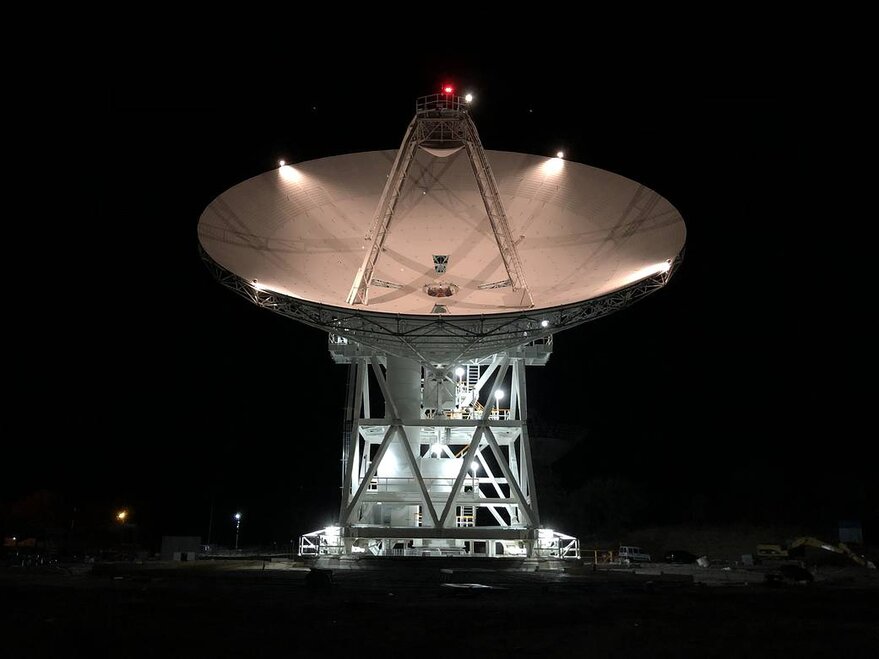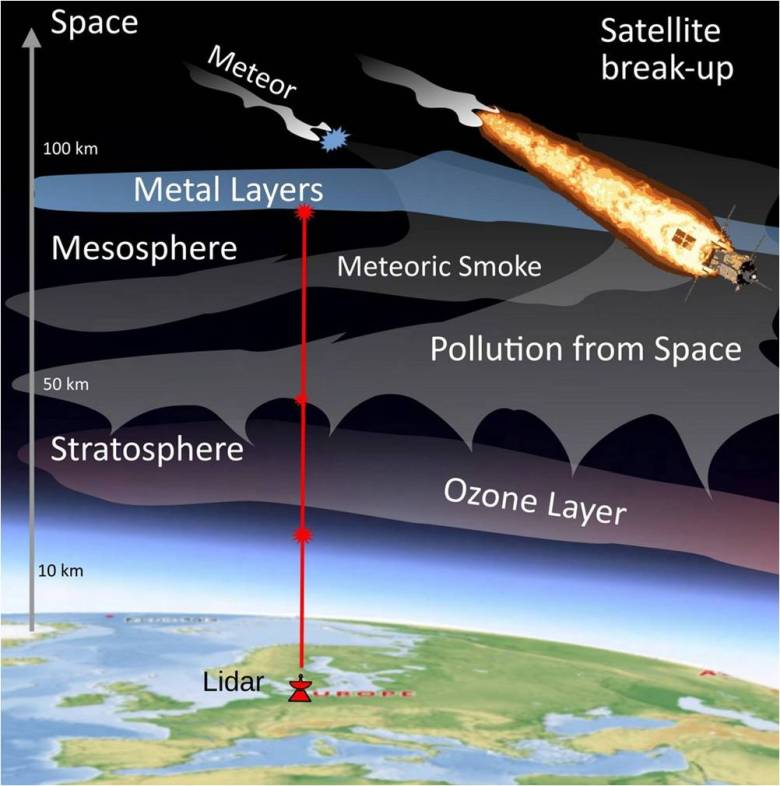Now Reading: Ground truth: Why the lunar program needs its Earthbound network
-
01
Ground truth: Why the lunar program needs its Earthbound network
Ground truth: Why the lunar program needs its Earthbound network


As the world prepares to return to the moon, much of the attention remains fixed on the visible frontier: the rockets, landers and orbital stations that will make it possible. Yet the success of this new era in exploration depends on something far less visible — the communications infrastructure that keeps those missions alive once they leave Earth.
Right now, that infrastructure is under strain. The global ground-segment network that links spacecraft to mission control is still operating largely within frameworks designed for past decades. NASA’s Deep Space Network and ESA’s ESTRACK have served with distinction, but they are nearing capacity. The number of lunar and interplanetary missions planned over the next decade will exceed what existing ground facilities can reliably support.
If we fail to modernize the ground segment in parallel with spacecraft and launch systems, the next great leap for humanity could be stalled by something as simple as a missed signal.
A growing gap between ambition and capability
Every signal from deep space is an engineering miracle, travelling hundreds of thousands of kilometers, weakened almost to silence, and yet still carrying the data on which missions depend.
For low Earth orbit satellites, the delay is measured in milliseconds. For lunar missions, it stretches into seconds and, for Mars, into minutes. This latency cannot be eliminated, but it can be managed if the Earth-based network is resilient, distributed and intelligently engineered.
The problem is that ground-infrastructure investment has not kept pace with the surge in exploration. In many countries, radio-frequency facilities have aged faster than the missions they support. The bottleneck is no longer in launch technology or spacecraft design, but in the communications architecture that links them to Earth.
Why it matters now
The Artemis program and its international counterparts are not short-term projects. They represent the beginning of a sustained lunar presence that will rely on continuous data flow for navigation, operations, science and eventually commerce.
That flow will not come from a single government network. It will come from a hybrid model that blends agency infrastructure with commercial ground stations, creating a truly global web of connectivity.
Europe is already moving in this direction, with sites such as Goonhilly Earth Station in the United Kingdom and Esrange Space Center in Sweden, demonstrating the value of combining national and commercial capacity. But these examples remain exceptions rather than the rule.
What needs to change
The industry must shift from viewing ground systems as supporting infrastructure to recognizing them as strategic assets.
Three priorities stand out:
First, build redundancy into design. Ground networks must achieve the same reliability standards as spacecraft. That means investing in multiple geographically diverse sites with overlapping coverage and automated handover between nodes.
Second, embrace interoperability. The next generation of gateways must speak a common language. Open standards such as the one developed by the DIFI Consortium already provide a foundation for connecting equipment from different suppliers. If adopted globally, they could turn today’s isolated networks into a collaborative mesh capable of sharing capacity and data across borders.
Third, modernize the signal chain. From amplifiers and frequency converters to RF-over-fiber transport, many of the elements used in deep-space communication are being redesigned to handle higher power, greater efficiency and more intelligent fault management. These are incremental improvements, but together they redefine what a ground system can do.
Emerging optical-communication technologies will expand bandwidth, but they will not replace RF. Every mission will still depend on the robustness and weather-resilience of radio frequency links for command, control and contingency. The two systems must evolve together as complementary pillars of one architecture.
Collaboration as a strategic imperative
No single organization can solve this challenge alone. The deep-space communications network of the future will depend on partnerships that cross agency and industry boundaries.
Governments must be willing to open infrastructure development to private participation. Commercial operators, in turn, must commit to engineering transparency and compliance with shared standards.
Without this collaboration, the world risks creating a patchwork of incompatible systems. That would make lunar operations more fragile, not more resilient.
A call to reprioritize
The global conversation around space policy often centers on launch capability and human spaceflight. These are essential ambitions, but they will falter without equal investment in the ground segment that supports them.
The ability to maintain an unbroken communications link is not only a technical requirement. It is a matter of sovereignty, safety and long-term economic opportunity.
If spacefaring nations want to lead in the emerging lunar economy, they must begin by strengthening the infrastructure that underpins it. Funding for deep-space networks should be treated as part of national digital infrastructure, not as an optional project cost.
The first lunar base will depend not only on what is built on the lunar environment but also on what is maintained here on Earth.
The next step
The path to a sustainable presence beyond Earth will not be decided by hardware alone. It will depend on choices made now about how nations share spectrum, align standards and treat communications networks as critical infrastructure rather than background utility. Only through that foresight can exploration become both achievable and enduring.
The next era of exploration will not be defined by who lands first but by who stays connected longest. Before humanity can build new worlds beyond Earth, it must reinforce the one network that ties them all together.
Kevin Dunne, CEO of ETL Systems has over 20 years of experience in RF Systems for Satellite and Defence communications. He joined ETL in 2023 to lead transformative change. Kevin’s vision has led the company through its pioneering Digital IF development program, bridging the gap between traditional RF technology and the evolving cloud-virtualized ground segment. His expertise positions ETL Systems as a key partner for Satcom operators globally.
SpaceNews is committed to publishing our community’s diverse perspectives. Whether you’re an academic, executive, engineer or even just a concerned citizen of the cosmos, send your arguments and viewpoints to opinion@spacenews.com to be considered for publication online or in our next magazine. The perspectives shared in these opinion articles are solely those of the authors.
Stay Informed With the Latest & Most Important News
Previous Post
Next Post
-
 012024 in Review: Highlights from NASA in Silicon Valley
012024 in Review: Highlights from NASA in Silicon Valley -
 02Panasonic Leica Summilux DG 15mm f/1.7 ASPH review
02Panasonic Leica Summilux DG 15mm f/1.7 ASPH review -
 03How New NASA, India Earth Satellite NISAR Will See Earth
03How New NASA, India Earth Satellite NISAR Will See Earth -
 04And Thus Begins A New Year For Life On Earth
04And Thus Begins A New Year For Life On Earth -
 05Astronomy Activation Ambassadors: A New Era
05Astronomy Activation Ambassadors: A New Era -
06SpaceX launch surge helps set new global launch record in 2024
-
 07Space Force plans new ‘Futures Command’ amid pressure to speed up modernization
07Space Force plans new ‘Futures Command’ amid pressure to speed up modernization




















